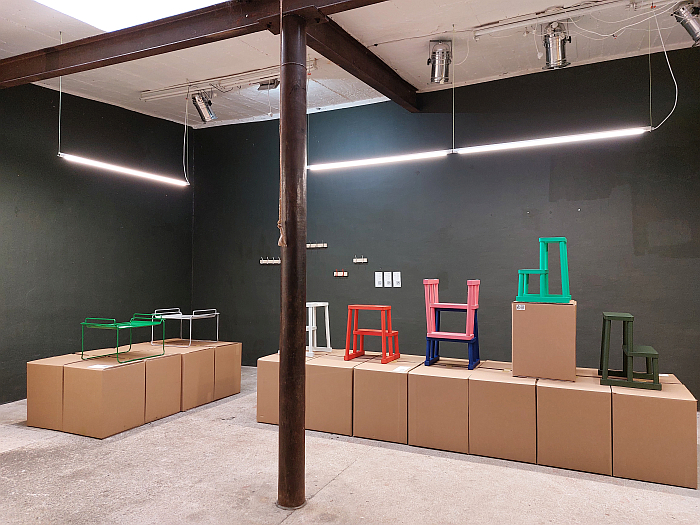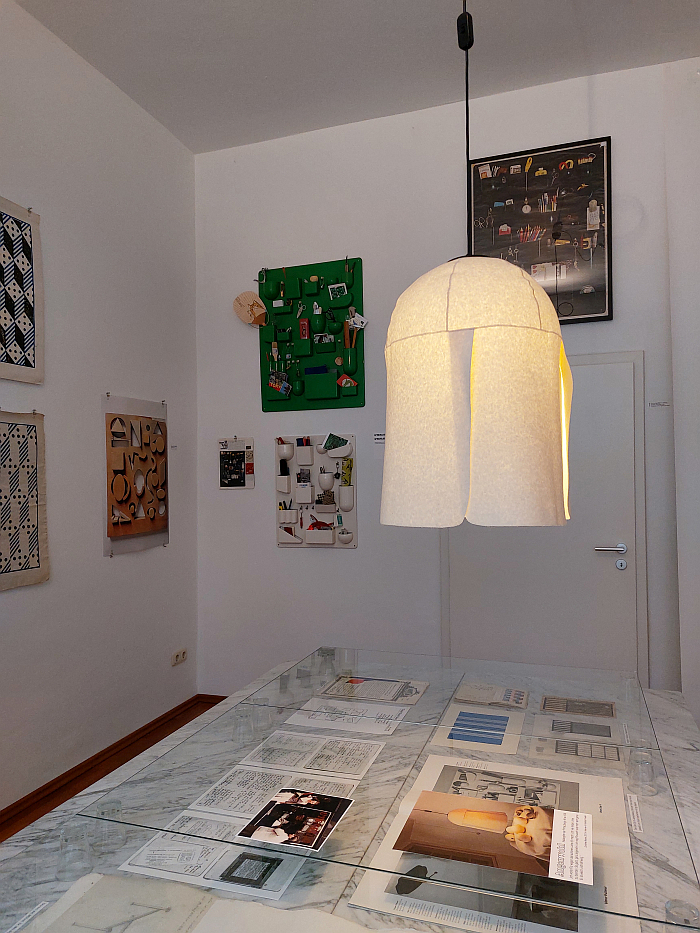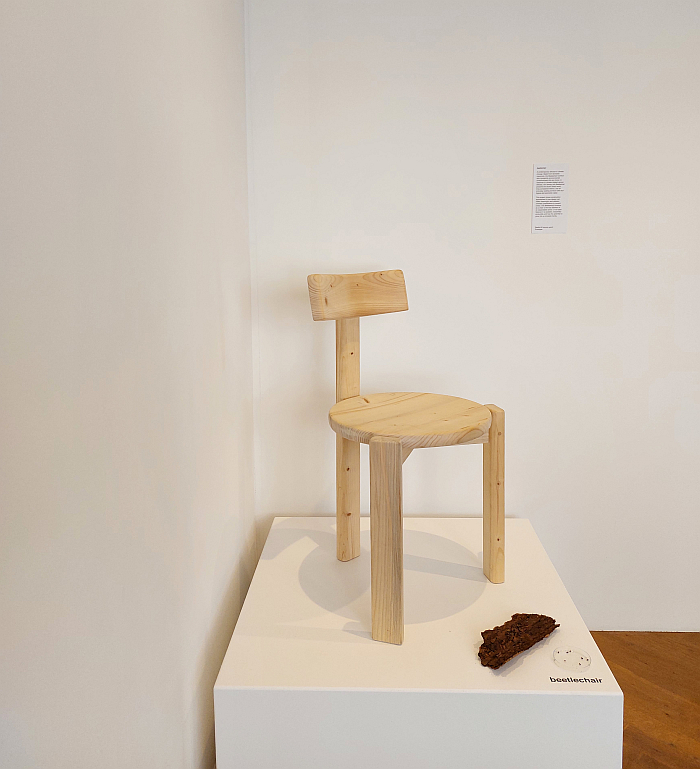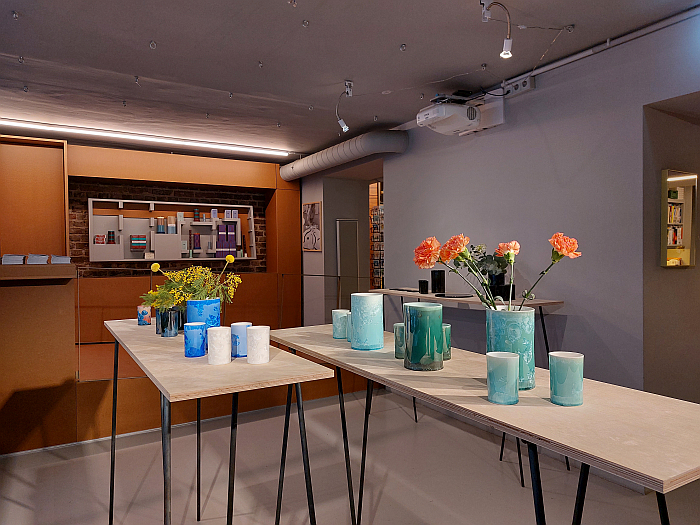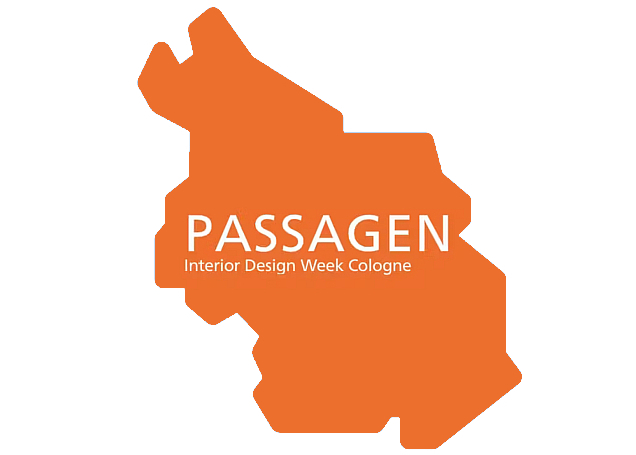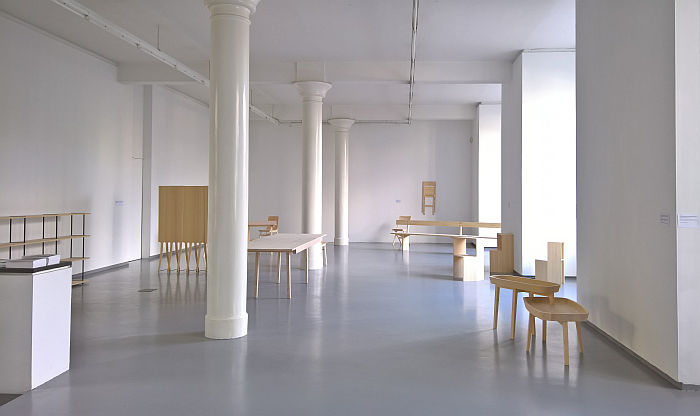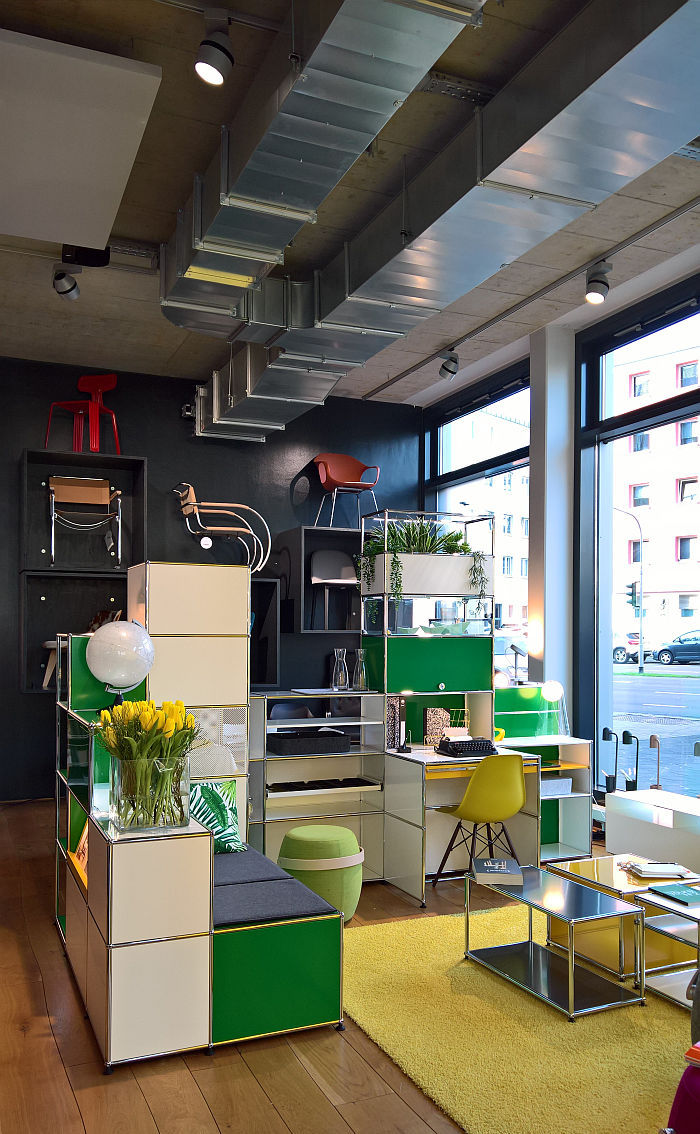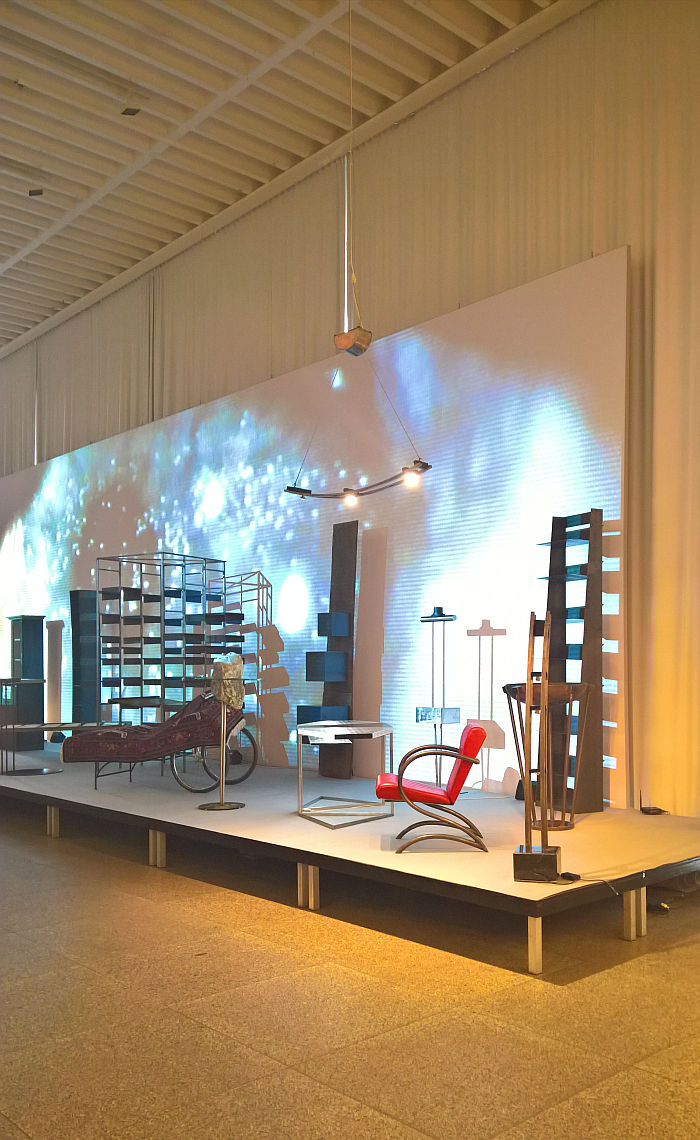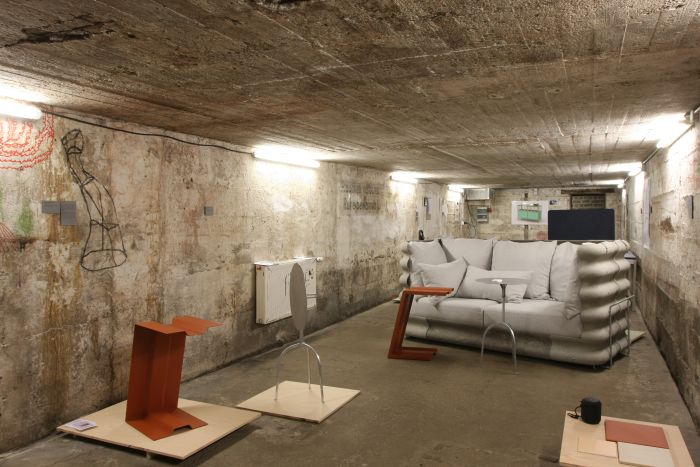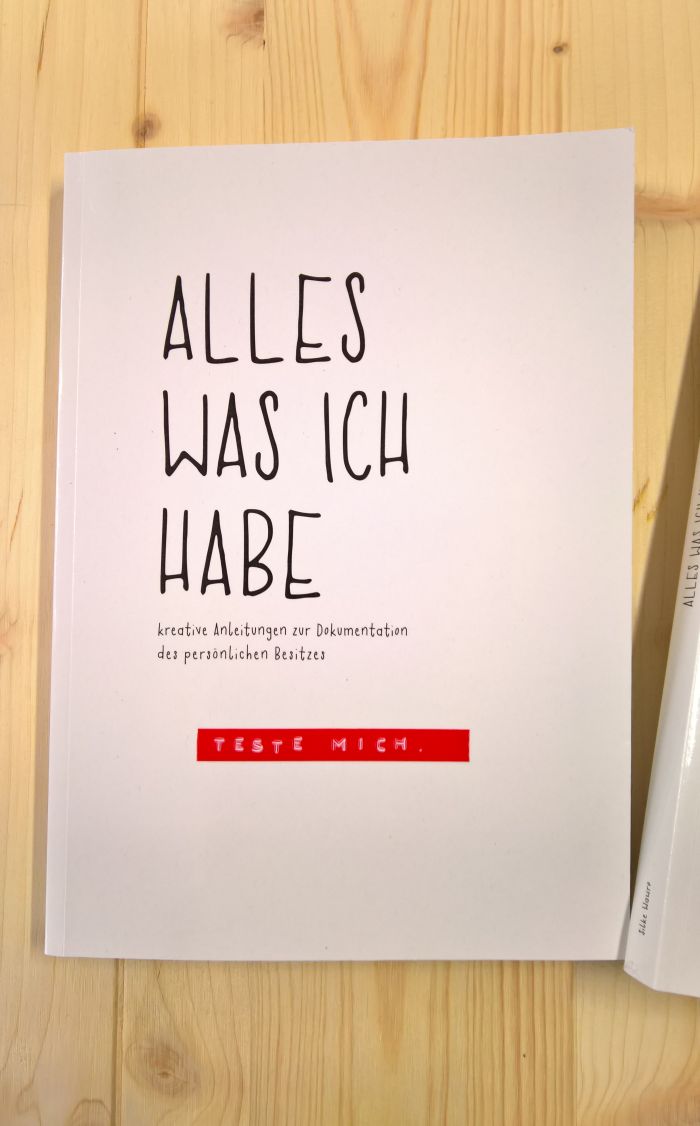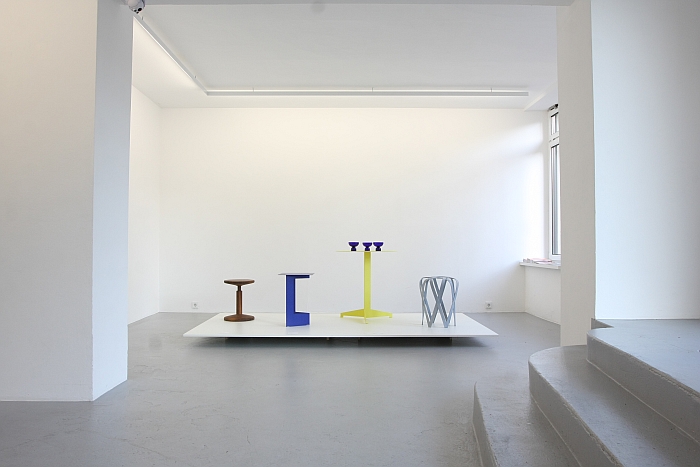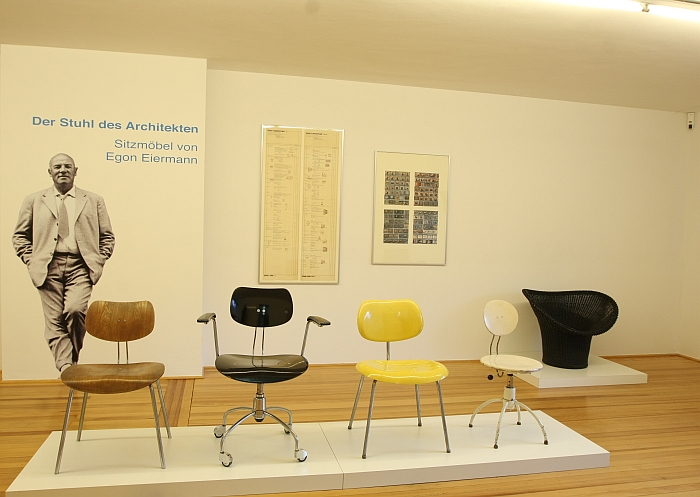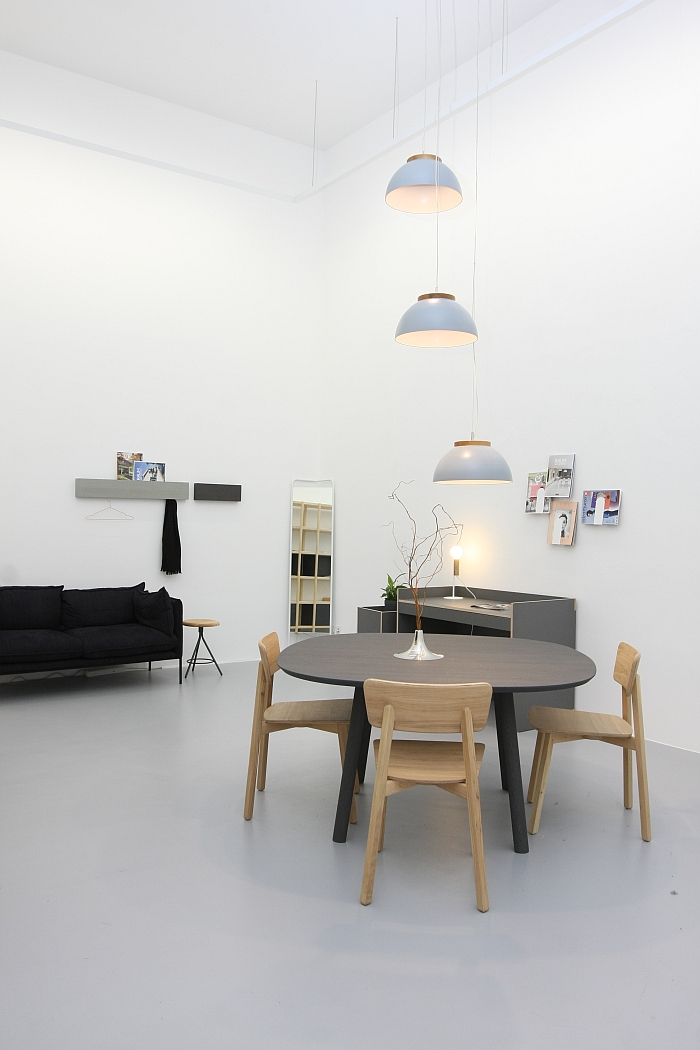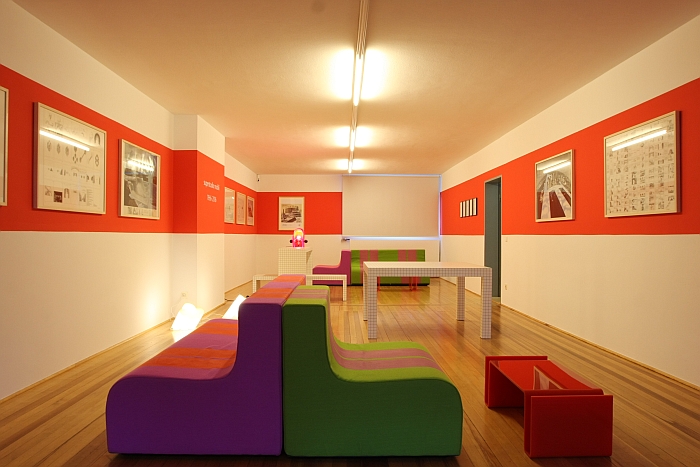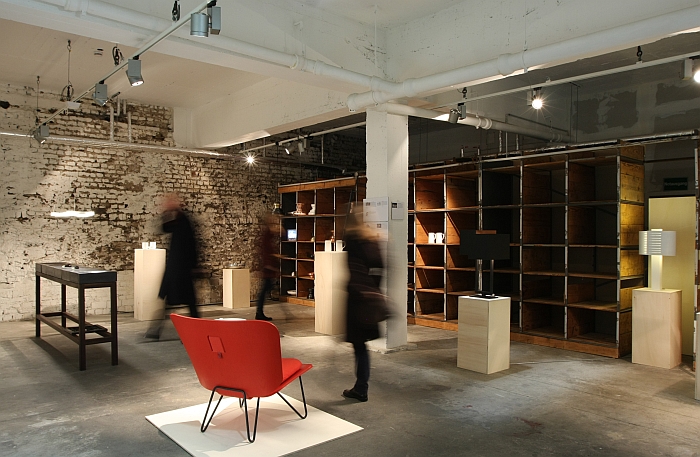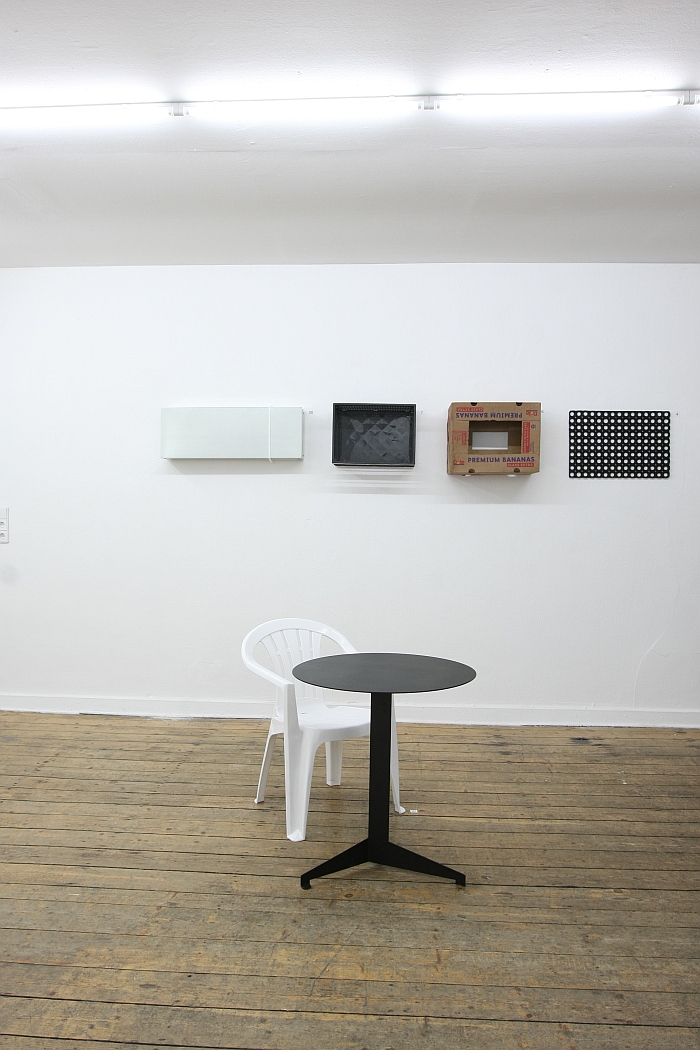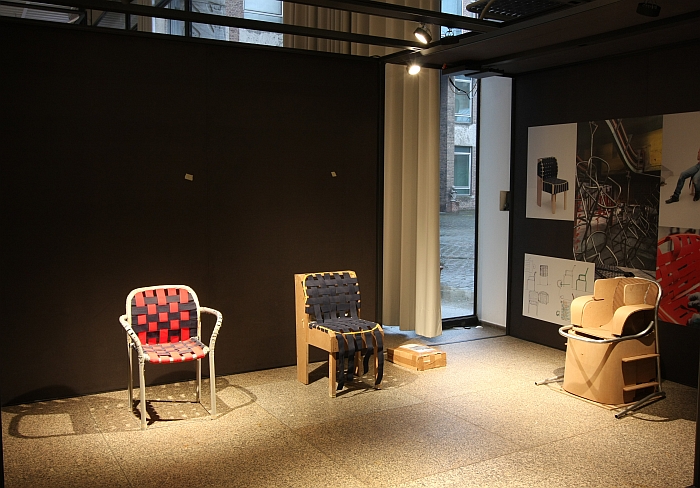Category: Passagen Cologne
Passagen Interior Design Week Cologne 2024: Dorothee Becker – aus dem persönlichen Nachlass
Passagen Interior Design Week Cologne 2024 – Alaaf!!!
Since 1990 the annual IMM Cologne furniture fair has been accompanied by the Passagen Interior Design Week. A design week, a design festival, that, and although it is often a bit overly commercial for our tastes, also always features a nice mix of emerging and establishing designers, small platforms, design schools, and others removed from the more predictable, superficial, profit-orientated corners of the furniture and design industries. A mix of creatives who help remind what design, what furniture design, is and can be. Should be. A mix of creatives not necessarily all good, that would be too much to expect, but who as a general rule are all well worth spending time with. An international mix of creatives if, more often than not, with a strong focus on Cologne, Düsseldorf and the general Rhein and Ruhr valleys. Which is in no way a complaint, it is after all their local event.
And a design week that over a great many years, along with IMM Cologne, marked the start of our year, was a permanent, unyielding, date in our calenders. Trips to the Rhein which over the years have produced innumerable abiding memories, both fondly recalled and much, much, less so. And trips to the Rhein from which we always returned wiser. Both from the positive and the negative experiences.
Then, invariably, came Covid and not only Passagen and IMM became much more complicated places to visit, but Cologne.
2024 we’re back. Or at least are back at Passagen, we’re still wrestling with the question of whether to return to large, international fairs such as IMM; still wrestling with questions of the necessity and justification and sustainability and meaningfulness of large, international fairs such as IMM. But that is no reason to ignore the design weeks that accompany them.
Thus in the coming days we will bring you some of our thoughts and reflections on some of the showcases visited in context of Passagen Interior Design Week 2024.
Thoughts and reflections on some of the design and designers encountered in the ancient, meandering, Passagen of Kölle.
Alaaf!!!
Passagen Cologne 2020: Generation Köln trifft Bregenzerwald
In our post from the exhibition Design Gruppe Pentagon at the Museum Angewandte Kunst Cologne we noted that Gallery Pentagon was laterally based in Cologne’s Bismarckstrasse. Bismarckstrasse 50 to be precise, a former cardboard packaging factory which in the 1980s was developed into spaces for creatives of various ilks…..
…..Bismarckstrasse 50 is still home to creatives of various ilks, and is still home to a gallery, Galerie Martina Kaiser, where in context of the 2020 Passagen Interior Design Week a new generation of Cologne designers are presenting new projects, projects raised not in the agitations, turmoils and transformations of 1980s West Germany that informed the Pentagonia’s works, but rather in the calm, alpine forests of Austria’s Bregenzerwald.
Yet objects no less expressive for the change of air…….
Passagen Cologne 2020: USM Haller HomeWork @ smow Cologne
Our increasingly networked, digital, virtual society is not only changing our relationship to innumerable everyday activities, activities such as personal communication, shopping or watching television to name but three, and thereby activities which a few short years ago seemed destined to remain unchanged for ever, but is also changing our relationship to work, be that in terms of what we do, where we do it or how we do it.
Changes which invariably place both new demands on our furniture, and our understanding of the term “functional” in context of furniture; an understanding which a few short years ago seemed destined to remain unchanged for ever.
With the showcase USM Haller HomeWork smow Cologne consider responses to such evolutions with the assistance of the USM Haller modular furniture system.
Design Gruppe Pentagon @ the Museum für Angewandte Kunst, Cologne
Within any regular pentagon one can locate, in numerous, manifold, relationships, the Golden Ratio, that centuries old guarantor of harmony, balance, beauty….
And within an irregular Pentagon?
With the exhibition Design Gruppe Pentagon the Museum für Angewandte Kunst Cologne search for an answer in context of the 1980s Rheinland design quintet…….
Passagen Cologne 2019: Generation Köln
Fortune, we are told, favours the brave. Misfortune the reckless, but fortune the brave.
Thus, summing all the bravery we could muster, we descended into the unknown of the Bunker am Bahngleis and the exhibition Generation Köln…..*
Passagen Cologne 2018: Alles, was ich habe by the Seminar für Kulturanthropologie des Textilen, TU Dortmund
“Have you ever laid out all your plates like a carpet, or piled furniture into a tower?”, asks the introduction to the Technical University Dortmund’s project, Alles, was ich habe [Everything that I possess]
Our answer to the last question is a categorical, yes.
It was one afternoon during our final year at secondary school, and together with a few chums we stacked all the common room furniture up against one wall. Just to see if we could. We could.
Alles, was ich habe is a little more fundamental, exploring as it does possessions and consumerism, and by extrapolation the global production, distribution and marketing industries that are sustained by both.
Passagen Cologne 2018: Generation Köln
As regular readers will appreciate, we’re no great approvers of lumping individual creatives together under one umbrella term; always strikes us as being an unnecessary distraction, and (more than) a little counterproductive.
We are however most appreciative that following an inaugural presentation at Kazerne Eindhoven during Dutch Design Week 2017, the showcase Generation Köln is now being presented, as it were, on home turf.
Der Stuhl des Architekten – Sitzmöbel von Egon Eiermann @ the Ungers Archiv für Architekturwissenschaft Cologne
One of Germany’s leading post-war architects and architectural theoreticians, Egon Eiermann was also one of post-war Europe’s most important chair designers, not just in context of what he realised, but also in context of what he worked towards realising and the reasons why. With the exhibition Cologne celebrate that legacy.
Passagen Design Week Cologne 2017: 5 Years kaschkasch
With the exhibition 5 Years kaschkasch Florian Kallus and Sebastian Schneider aka studio kaschkasch celebrate, well, five years of studio kaschkasch.
Passagen Design Week Cologne 2017: Ungers Archiv für Architekturwissenschaft present Superstudio Mobilia 1966-2016
The 1973 film Ceremony by Italian architecture group Superstudio features individuals who inhabit the “Invisible House”, a house devoid of not only a physical structure but, we are told by the narrator, all forms of furniture.
The inhabitants of the invisible house are happy.
Despite this and their other regular very public pronunciations against architecture and design, from their earliest days Italian architecture group Superstudio also designed furniture and lighting: a selection of which can be enjoyed in the exhibition Superstudio Mobilia 1966-2016 at Ungers Archiv für Architekturwissenschaft, UAA, in Cologne.
Passagen Design Week Cologne: Naked Objects – Nieuwe German Gestaltung #005
Passagen Design Week Cologne 2017 is playing host to Naked Objects, the fifth edition of the exhibition series “Nieuwe German Gestaltung” – and an exhibition which as with the previous four is an unashamed celebration of the diversity and vitality of contemporary German product design.
Passagen Design Week Cologne 2017: Thomas Schnur – 21 Common Things
With the exhibition 21 Common Things designer Thomas Schnur explores his personal relationship with everyday objects. And in doing so the concept of functionality.
Full House: Design by Stefan Diez @ The Museum für Angewandte Kunst Cologne
With the exhibition Full House: Design by Stefan Diez the Museum für Angewandte Kunst Cologne, MAKK, present the first museal overview of the canon of the German designer Stefan Diez.
And an exhibition which in many respects also helps explain industrial design. Or at least the contemporary industrial design process.
Passagen Cologne 2016: A&W Designer of the Year 2016 – Jasper Morrison. The Exhibition.
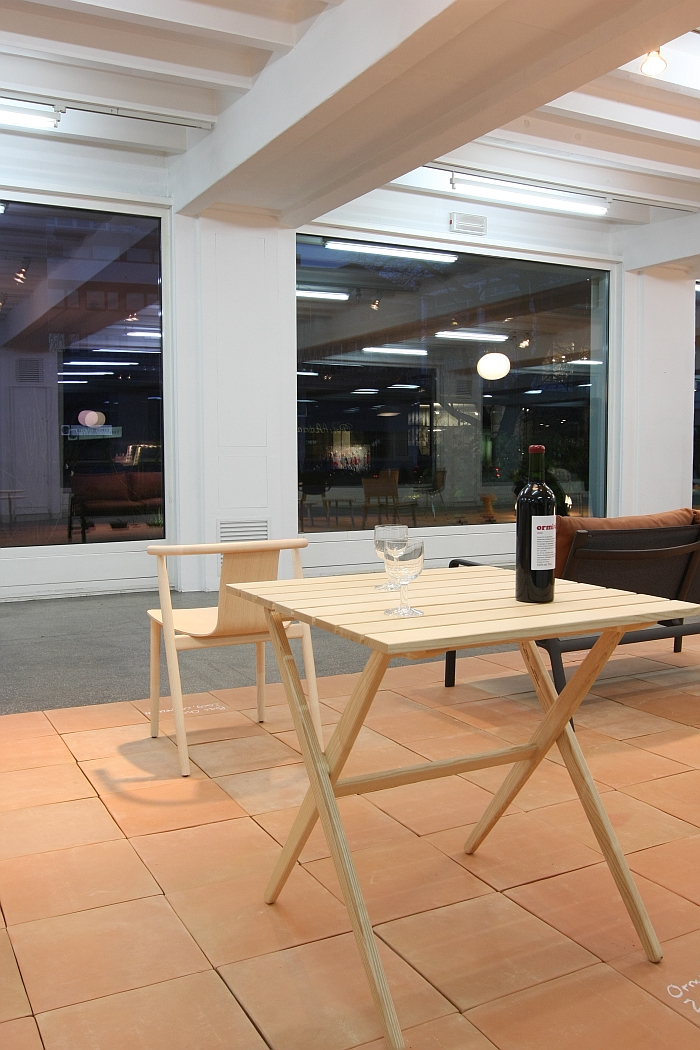
2016 sees the 20th anniversary of German architecture and design magazine A&W’s “Designer of the Year Award.” Following on from
Passagen Cologne 2016: Sven Lützenkirchen & Thomas Schnur – Funktionsraum
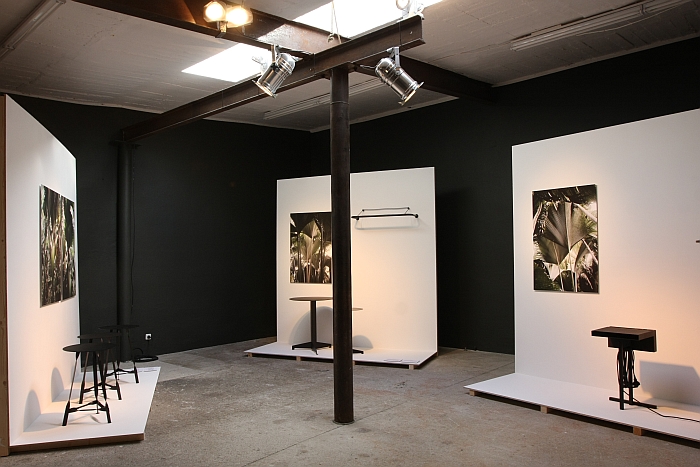
There can be little argument that nature is, was and always will be the best designer, the most efficient designer:
Passagen Cologne 2015: Die Metamorphose des Lagerfeuers at Kunstmuseum Villa Zanders
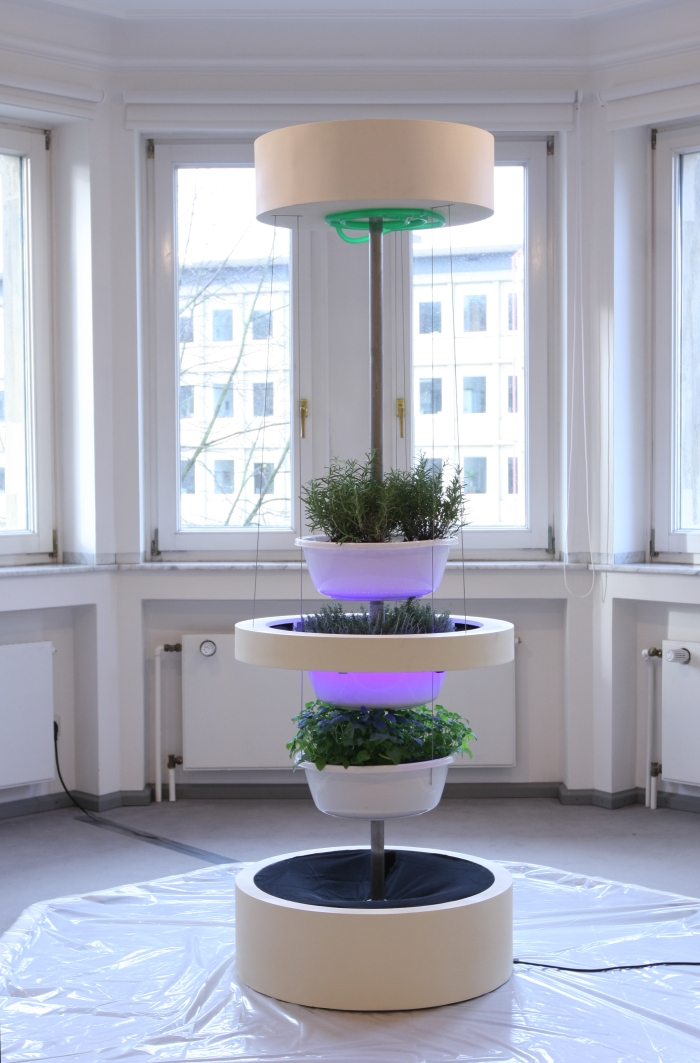
While the old adage “you are what you eat” can’t be true, if it were we’d be a slovenly pile
Passagen Cologne 2015: Domestic Affairs – New Voices in Dutch Design
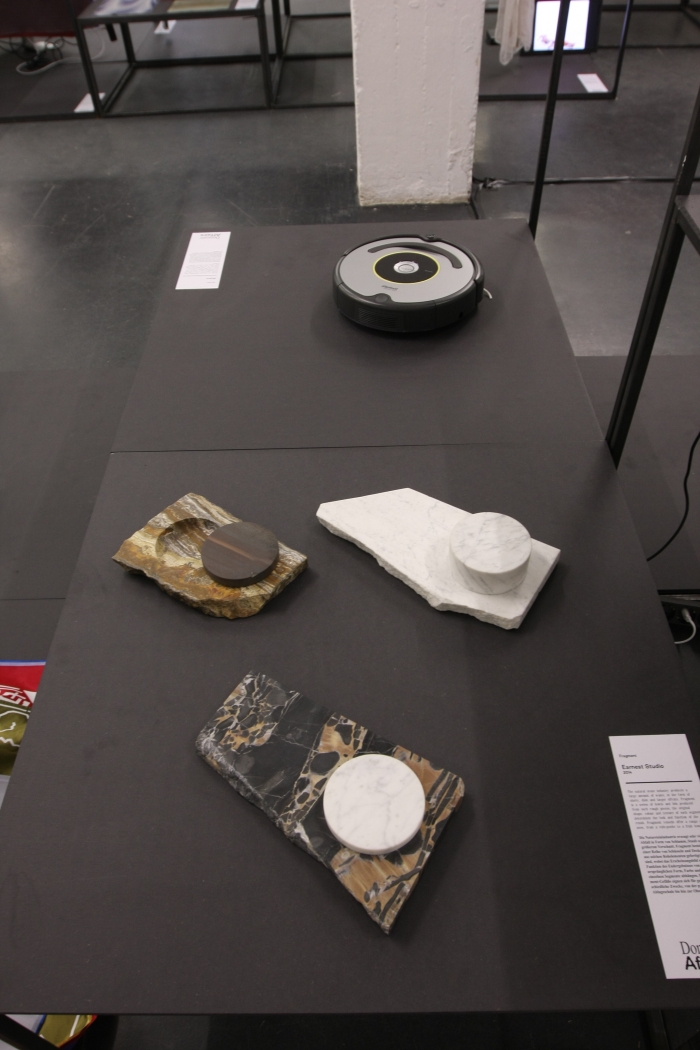
Parallel to the exhibition MAD ABOUT LIVING – 24 Designers from Brussels, Cologne is hosting an exhibition which nicely highlights
Passagen Cologne 2015: MAD ABOUT LIVING – 24 Designers from Brussels
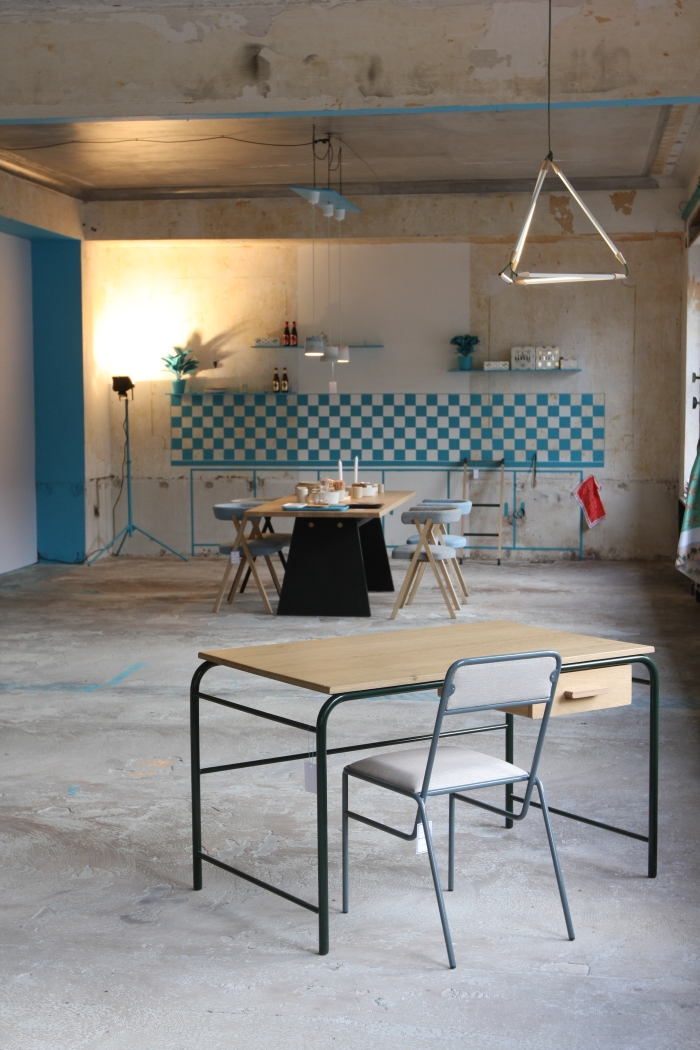
If we’re correctly informed, and let’s be honest we’re not always, 2014 saw the Belgian General Consulate in Cologne host
Passagen Cologne 2015: A&W Designer of the Year 2015 – Michele De Lucchi. The Exhibition.
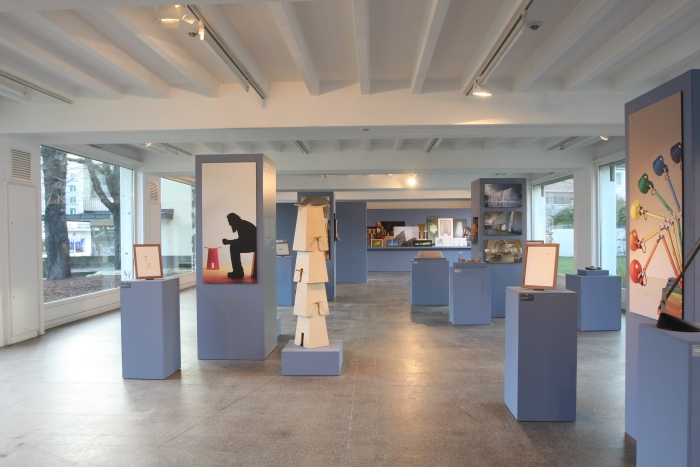
Much as we tend to shy away from “Designer of the Year” awards, the presentation of German architecture and design
Passagen Cologne 2015: Rem Koolhaas – OMA: Tools for Life at Ungers Archiv für Architekturwissenschaft
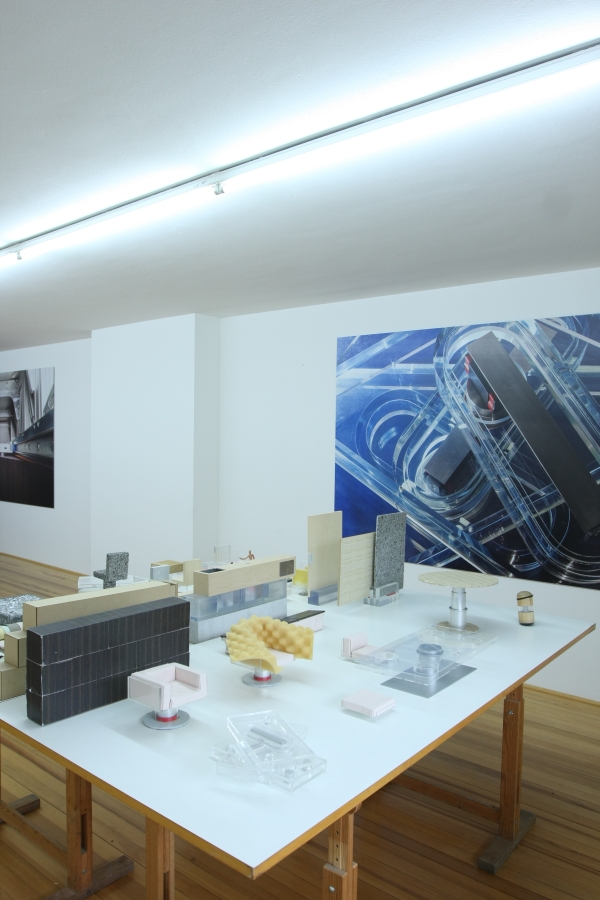
Following on from system design at the MAKK and the more autonomous product design featured at Objects in Between, we
Passagen Cologne 2015: Objects in Between
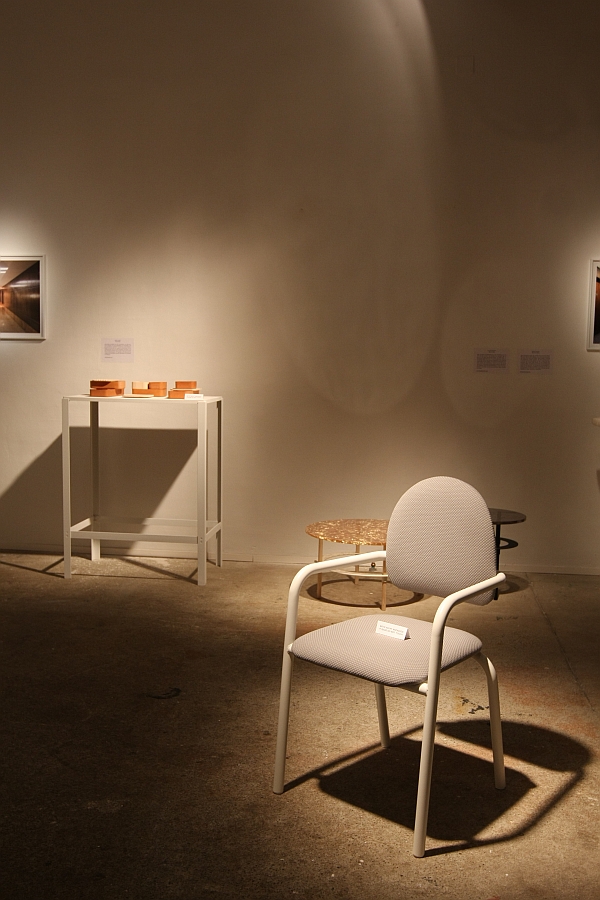
The nature of product design, and for all furniture design, being what it is, we all have a predisposition to
